Walsh has delivered engineering solutions for millions of square feet of commercial space over more than 30 years. Whether these commercial buildings are to be located in urban environments or at regional business parks, we understand the dynamics that are reshaping our cities and workplaces. We design to meet the economic, human health and sustainability requirements of occupiers today whilst considering the potential needs of future occupiers, delivering cost-efficient, elegant and sustainable engineering solutions. We work closely with our clients to understand the impacts of the options available to them on the Triple Bottom Line – planet, people and profit - proactively supporting the United Nations Sustainable Development Goals. As a business, we reached Net Zero for Scope 1 & 2 carbon emissions in 2021 and are tackling the climate crisis by taking responsibility for the sustainability of our client’s projects from planning, right through to delivery. Our ‘Green Team’ working group are driving sustainable innovation and solutions across all engineering disciplines.
Read More
The most sustainable buildings are ones that can be refurbished and adapted so adaptive reuse and repurposing of existing buildings is increasingly being demanded by planners. For developers, this can present a broader spread of construction budget considerations because existing buildings will always present surprises, challenges and logistical headaches throughout the build process. At Walsh we deep dive into the history of our client’s sites and buildings during the design process as this knowledge anticipates potential issues, allowing them to be mitigated and create more cost and programme certainty.

Walsh delivers designs using processes and materials that are environmentally responsible and resource-efficient throughout a building’s life. This is particularly important on commercial developments which often feature tall buildings and basements, both of which are carbon intensive. As engineers, the biggest impact we can have is on the embodied carbon of a building and we reduce this wherever possible. We use lean elegant designs to reduce materials quantities, building weight and foundation weight. We also consider the use of off-site manufacture to reduce waste. We invest in research on sustainable materials, maximising their use whenever possible to reduce the carbon embodied within our designs.

Whilst high-end floorplates in commercial buildings are in demand, careful consideration should also be given to future-proofing buildings. Fully exploring options which can offer adaptability to meet the needs of immediate and future occupiers can mean the long-term success of failure of commercial buildings. Considerations include: developing regular grids that allow for alterative space planning of the floors, incorporating soft spots or adaptable frames to allow for alternative vertical layouts and tenancies, designing with appropriate loading allowances to enable repurposing of spaces for alternative future uses and potential extension.

Walsh has extensive experience in a delivering schemes which meet a wide range of environmental certifications from BREEAM to LETI, LEED, NABERS, EPC ratings and even PassivHaus. The truth is that some of the criteria of these schemes can conflict with each other, so Walsh will guide you through the plethora of choices and decisions that need to be made.
Sign up for our commercial newsletter and information emails. We won’t spam you and you can unsubscribe at any time!

This four-storey concrete frame building with a single storey basement was originally built in the 1970’s and the client planned a refurbishment and upwards extension to offer much needed high-end office space with BREAAM Outstanding accreditation. By removing some of the existing loading and using lightweight structure, Walsh was able to add an additional three storeys whilst reusing the majority of the existing structure.
Read More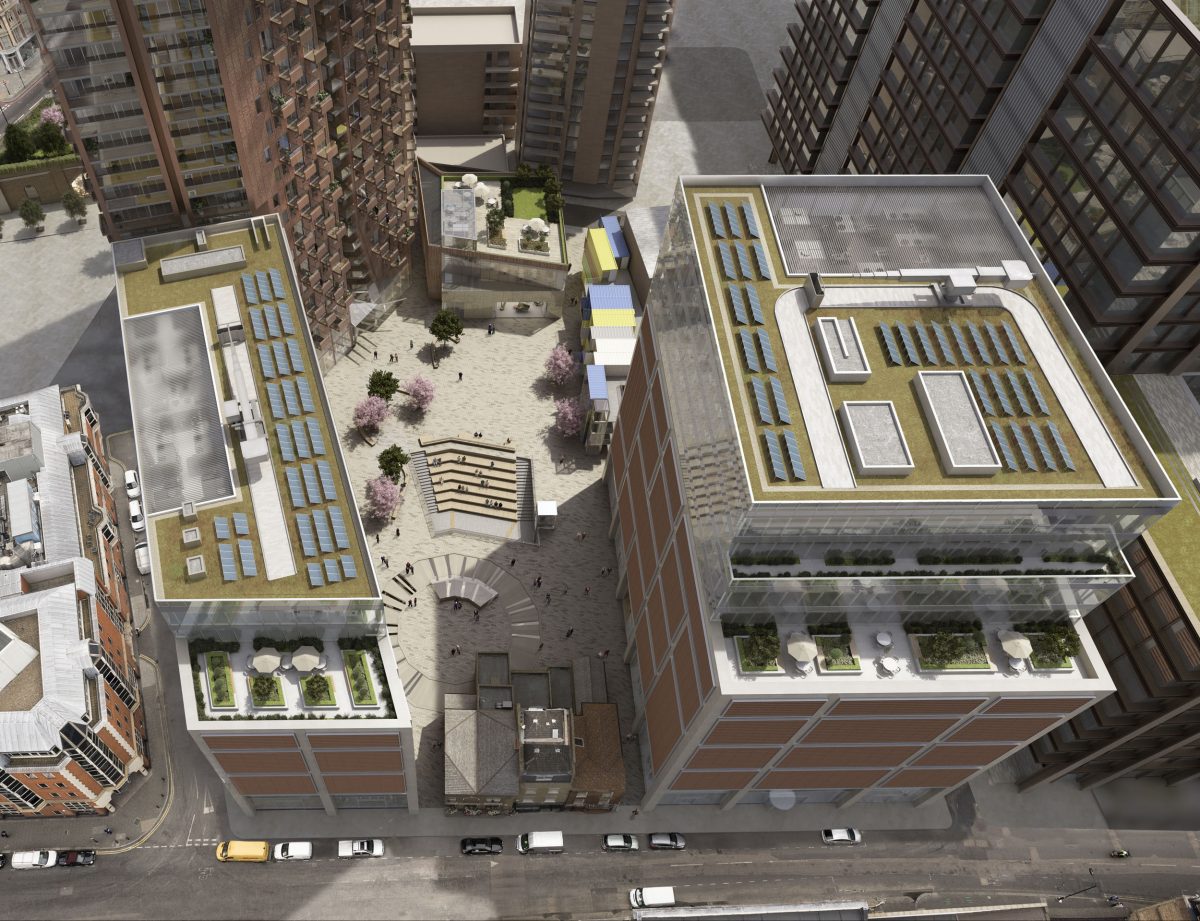
This mixed used development on a protected historical site features two commercial office buildings - Shakespeare’s Curtain Theatre. It features two commercial office buildings - The Hewett with 70,000 sq ft over 8-storeys and The Bard with 110,000 sq ft of office space over 12-storeys. The development faced a number of significant challenges to the programme and viability that Walsh overcame through engineering design.
Read More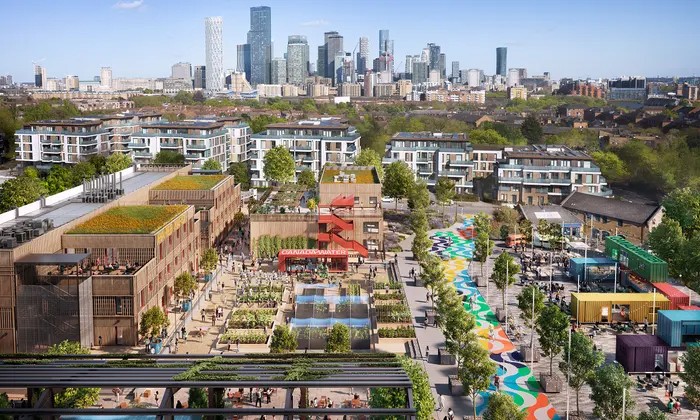
This challenging site featured soft alluvium subsoil and infilled dock, so Walsh undertook a sensitivity analysis of the foundations and subsequently developed an innovative and economical, less carbon intensive raft solution. This allowed 30,000 sq ft of short lifespan lab space to be built within just a few months.
Read More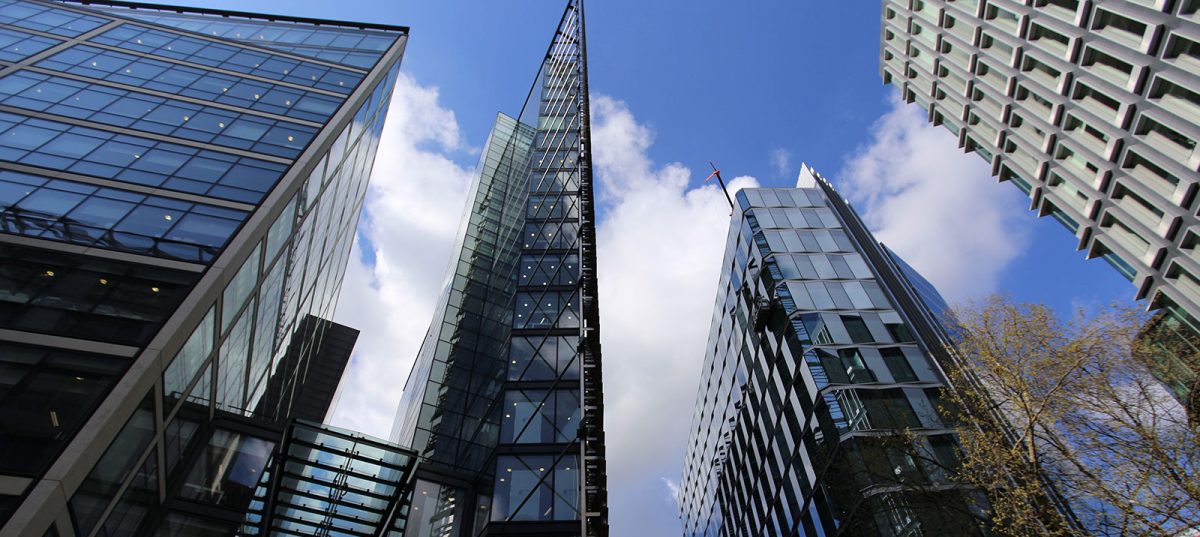
New Street Square is a major commercial development in the City of London, comprising of 5 buildings, ranging in height from 5 to 17 storeys, all positioned over a single basement. This landmark commercial development in the heart of the City of London, incorporating high-rise blocks presented uncommon weight distribution challenges.
Read More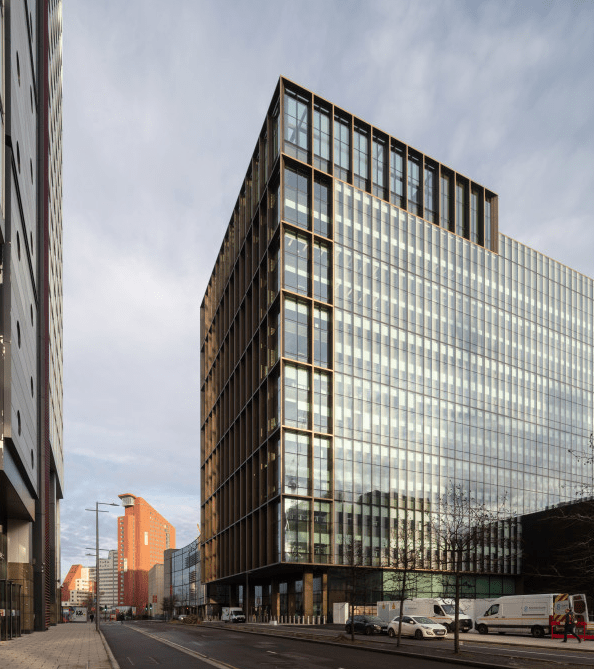
This major office development in Stratford provides over 300,000 square feet of commercial space and consists of a 14 storey office block over a ground floor amenity space above a 7m deep basement. Working on a heavily constrained site, Walsh designed a lightweight structural solution to speed up construction and a an embodied carbon footprint 20% below industry good practice. This earned the development a BREEEAM Excellent rating.
Read More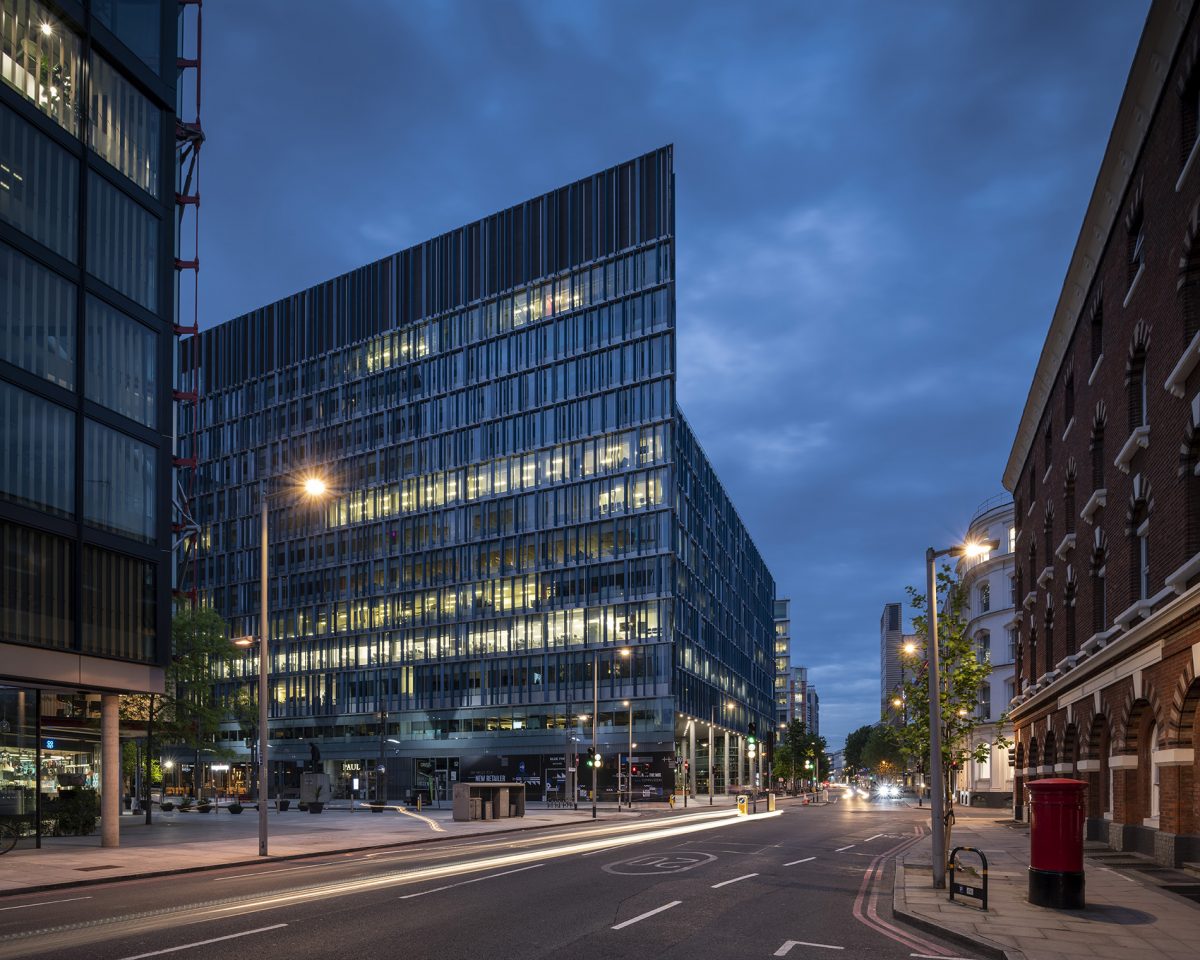
This landmark office building is in a premium location next to the Tate Modern. Walsh value engineered the design to make the building quicker to construct and save on materials.
Read MoreDelivering cost efficient solutions is our top priority and we take a holistic approach. We conduct studies to help clients make decisions on whether to repurpose and adapt existing buildings or demolish and rebuild at pre-planning and planning stages. Then, at the design and build stage, we drive innovation and value ensuring the materials use is minimised, sustainable construction techniques can be adopted and low carbon materials are specified.
Lean design is a fundamental part of the Walsh DNA. We find the most cost-effective structural solution for commercial developments whilst not inhibiting architectural form, the usability of the space for the occupiers or it’s sustainability credentials.
At the outset of commercial projects, detailed initial design option studies are developed allowing budgets to be established for comparison. These design options will include typical floor details, sizing for vertical elements, preliminary foundation details, steel weights, realistic rebar quantities and building methods including off-site and modern methods of construction. We also review the additional implications of these designs including embodied carbon, construction logistics and procurement considerations. From this optioneering, the optimum scheme can be adopted.
Our experience of grid layouts, construction materials and construction techniques provides our clients with budget and programme savings.
Walsh take pride on being practical engineers and have a proven track record working with main contractors and trade contractors with a focus on buildability. This enables us to provide sound advice as soon as we join a project and “de-risk” it at the earliest stage. Such advice includes reviewing complex strategies and issues but also the smallest of details and elements as often these can provide the biggest returns. Our proactive approach and robust designs at each stage allow for realistic cost plans to assess viability of the emerging design. Walsh do not believe in over engineering or unnecessary conservatism.
Our communication skills and ability to work as a key member of the wider design team is what sets us apart. As passionate engineers, we think beyond our own engineering discipline and ensure that the right questions have been asked. We engage with all stakeholders including those required for third party approvals at the appropriate stage to assess and incorporate any specific changes to the design approach.
With geotechnical, civil and structural engineering disciplines under one roof, we are able to share our experience in-house and take a collaborative approach to our client projects from an early stage. This includes collaborating with other members of your design and engineering team where we have only been appointed for a single engineering discipline.
We look at all aspects of your project and ensure that our designs are value engineered as standard ensuring every element from groundworks to completion is coordinated and has added-value thereby providing early cost certainty and sustainability benefits.
Where you choose Walsh for multiple disciplines, we can offer significant cost savings which are achieved through the ready flow of information in-house and eliminating duplication of effort.
The return to work post-Covid has fundamentally altered the employee employer relationship and the need for high-quality, flexible workspace with internal and external communal areas and a focus on wellness is high on the corporate agenda. Structural efficiency that allows the kind flexible open plan floor space that supports such workspace is therefore in high demand and we help clients to balance this requirement against the carbon intensive nature of larger spans and fewer columns. We can also guide the team through the cost and embodied carbon implications of designing for future flexibility, adaptation and extension.


Sustainability is in our DNA and we have our own ambitious goals to achieve Net Zero as a business and with our designs. With innovative in-house monitoring tools, Walsh clients have seen on average reductions of 10-20% total embodied carbon, with some of our flagship work achieving 60-70% reductions compared with baseline figures.
Find Out More© Walsh 2023. All Rights Reserved. Web design by: So-Creative